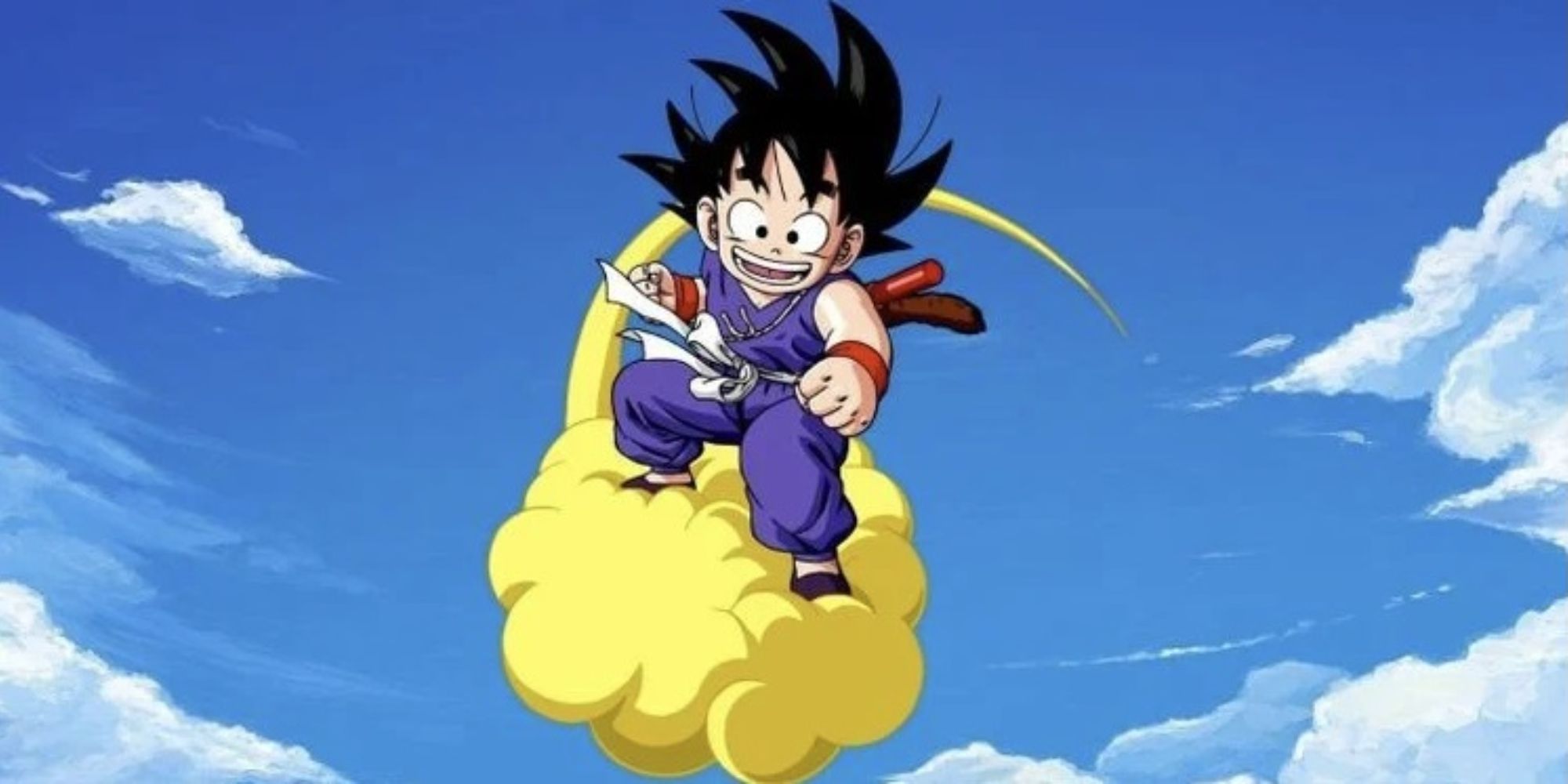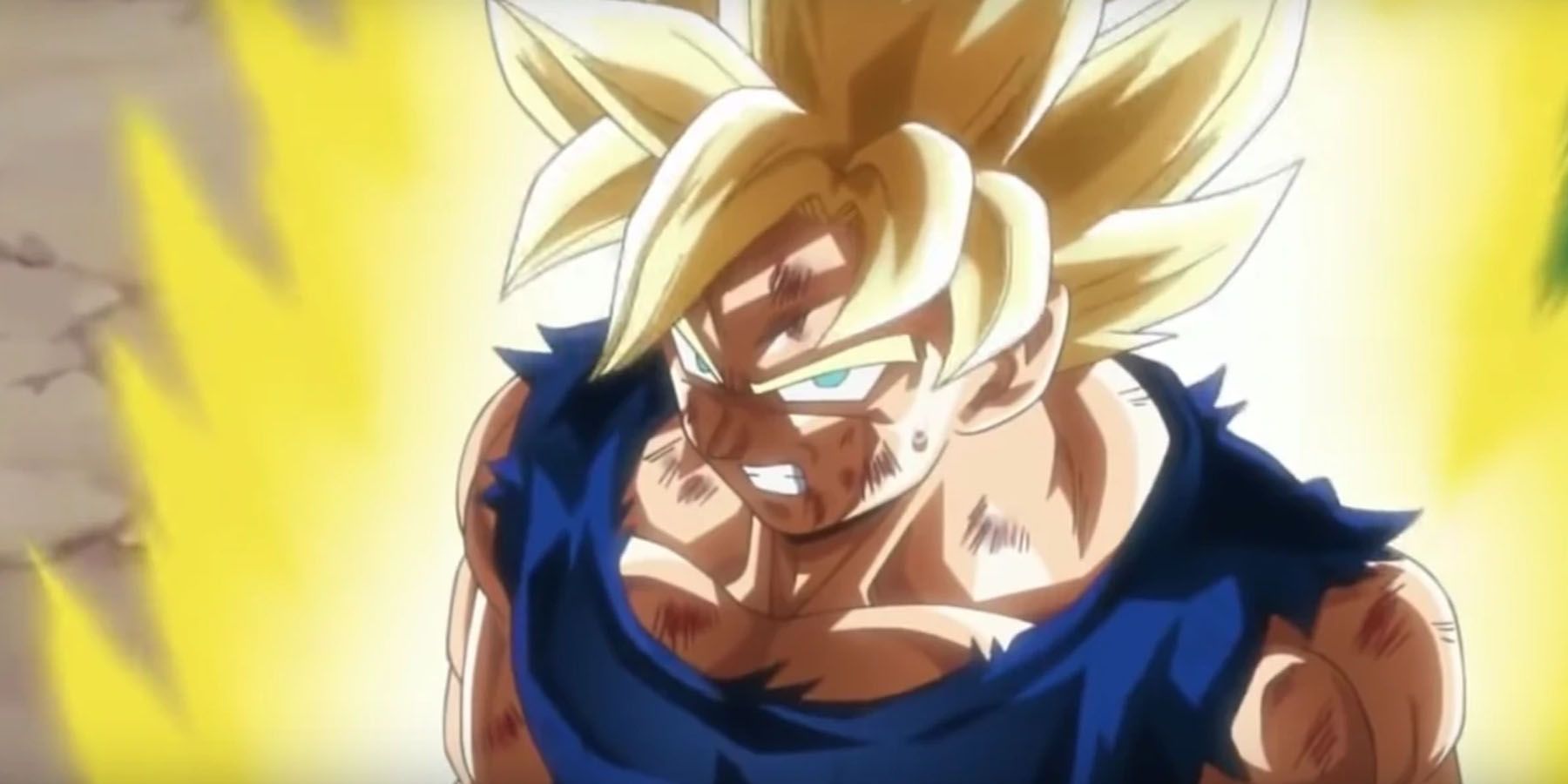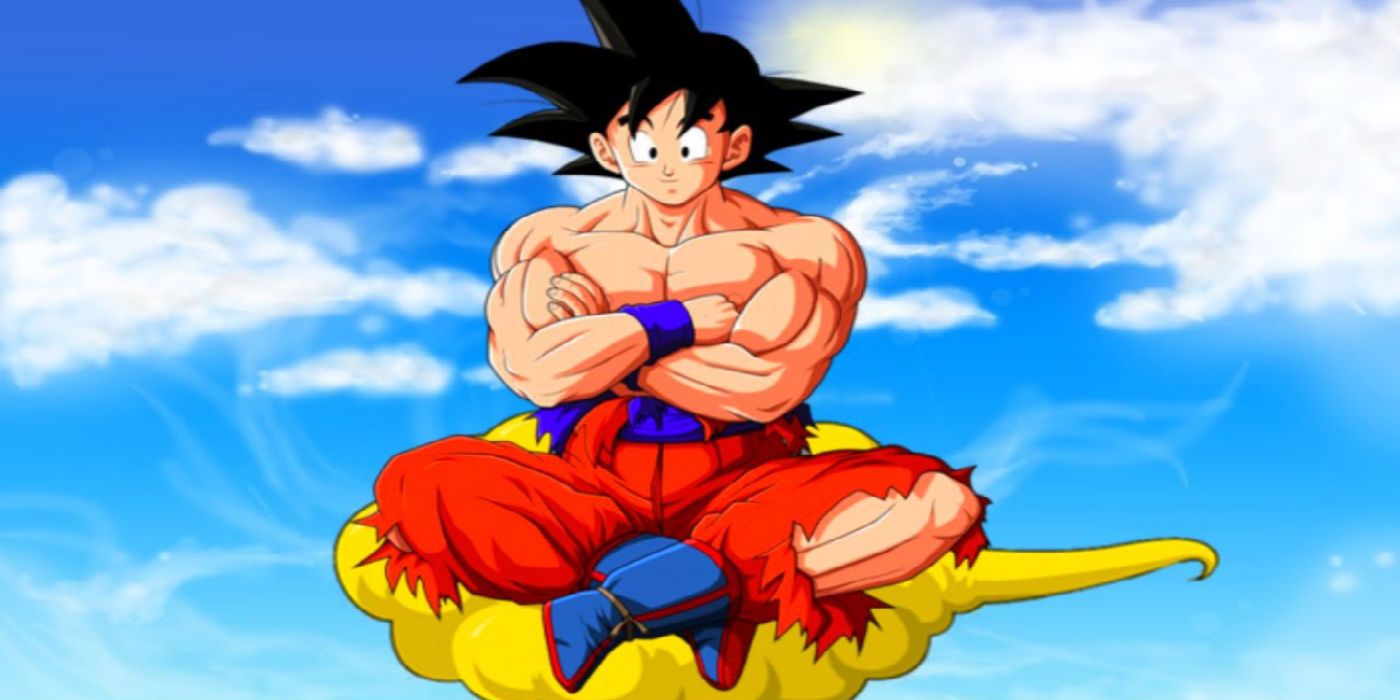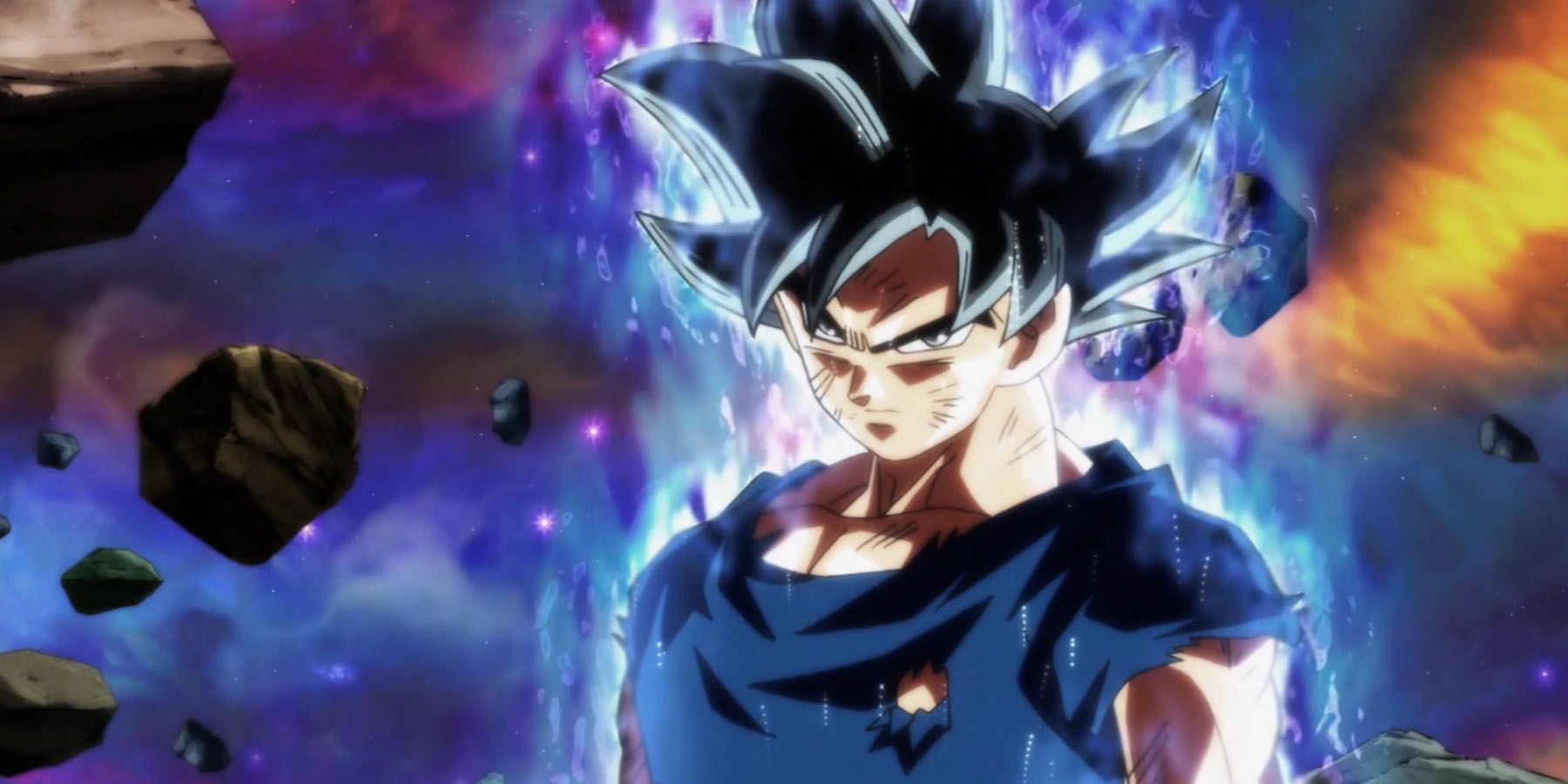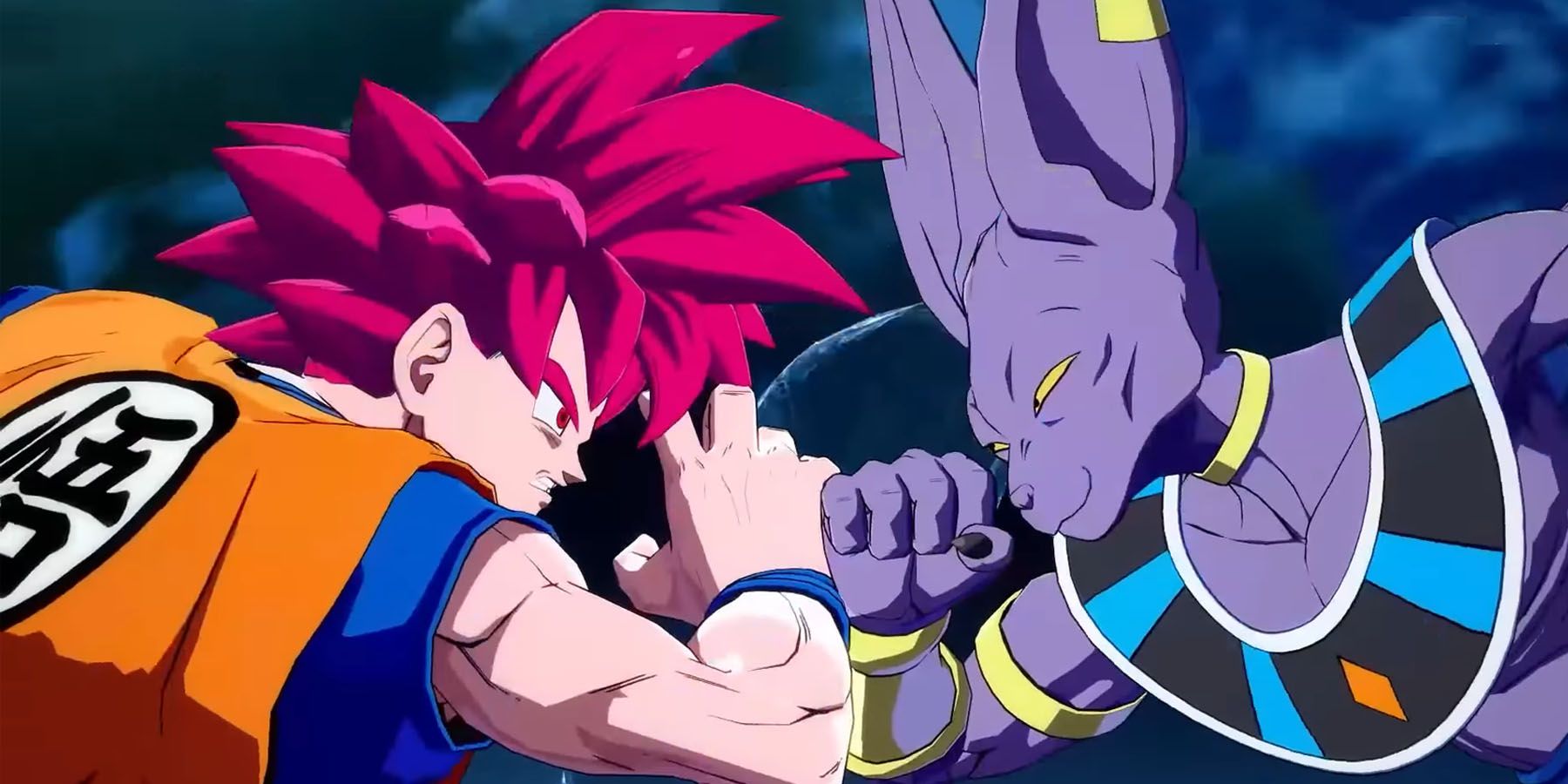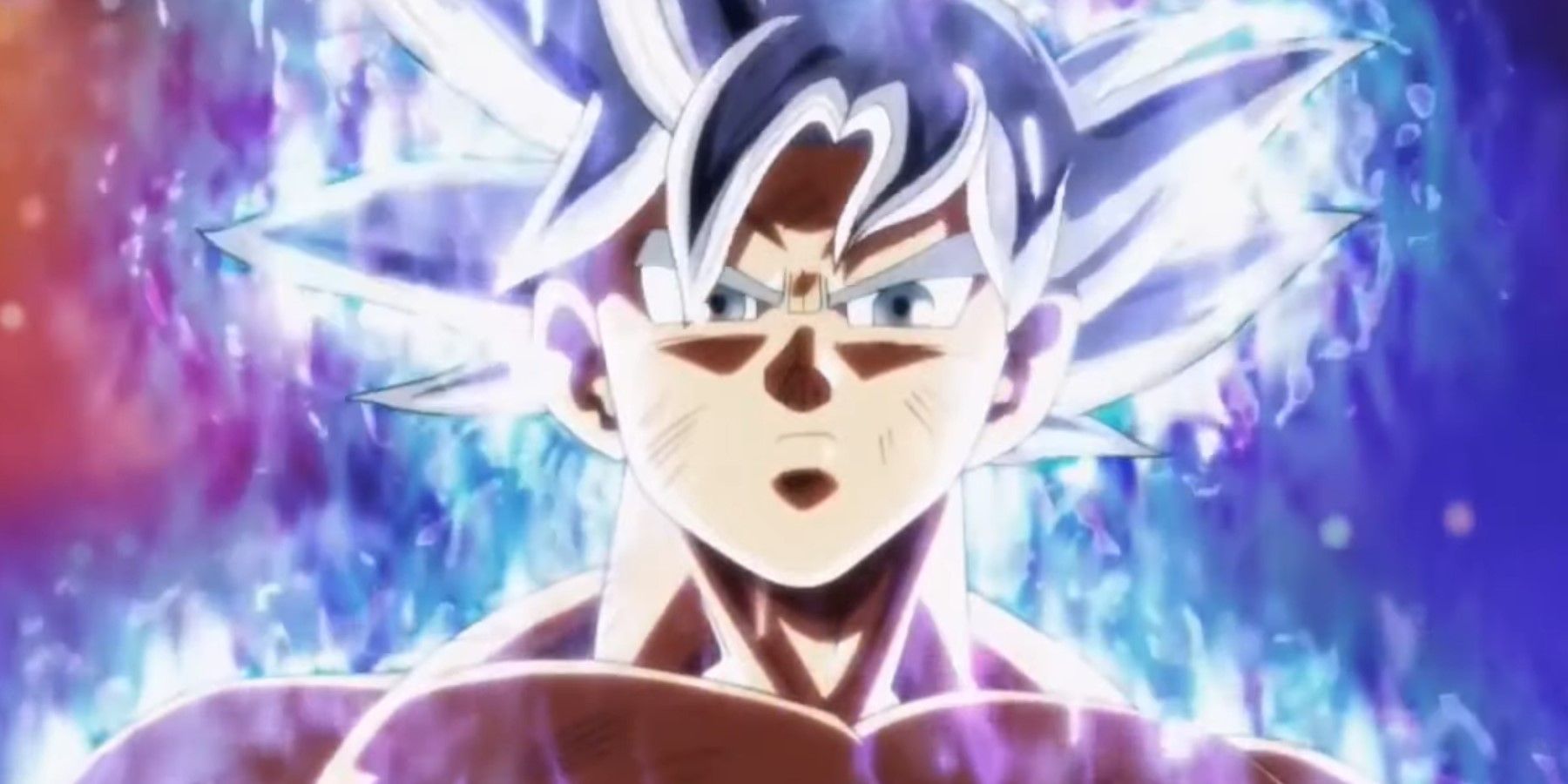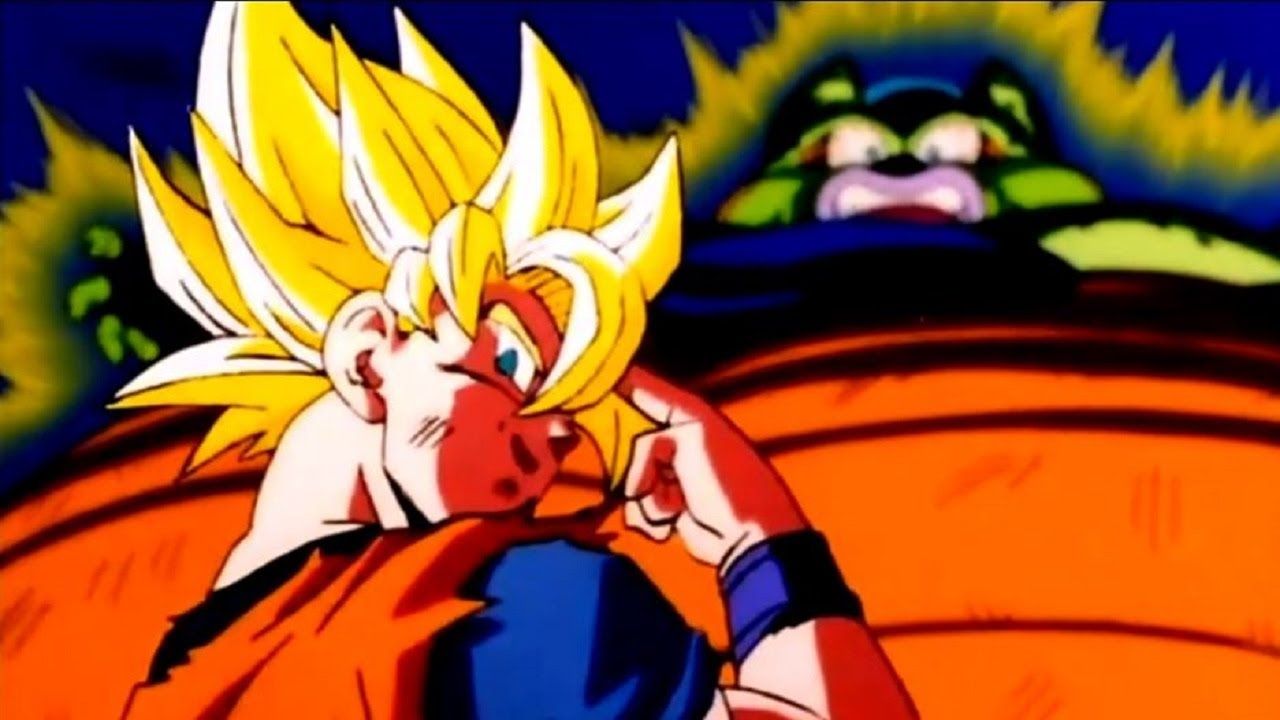Goku is one of the most iconic characters in fiction, and arguably the most recognizable anime character of all time. The influence of Akira Toriyama's Dragon Ball on various avenues of popular culture and media is; however, not quite the focus here, but rather, his interesting, sometimes silly, sometimes thoughtless, and sometimes incredibly inspired use of existing concepts to help fill out the Dragon Ball universe.
In Dragon Ball Super, the series overseen by Toriyama with story and art by lifelong fan Toyotaro, Goku's most notable achievement – beyond that of ascending to literal godhood – is his assumption of a special state during combat: Ultra Instinct. What most fans of the series do not realise is that Toriyama and Toyotaro's elevation of Goku's abilities through this method is quite literally in the very fabric of Goku's character – Ultra Instinct is perhaps Goku's ultimate form, and this is supported by the idea that it's actually written in his very name. Here's how.
Nomenclature
First off, to understand each aspect, we have to take things back to their source. In the original Japanese, Goku is referred to as "Son Goku", which is written「猻悟空」and is the Japanese name of "Sun Wukong", the legendary Monkey King from the 16th century Chinese novel, Journey to the West. Fans of Dragon Ball are well aware that Toriyama's biggest inspiration for Goku as a character is Sun Wukong. In fact, Journey to the West and Sun Wukong are partly the reason why Goku was introduced as a boy with a tail – the tail was a vestigial organ that Dragon Ball as a narrative took from its proverbial ancestor, Journey to the West. The Great Ape transformation among others also ended up bringing Dragon Ball closer to its inspiration, as Sun Wukong gained the ability to change his form (many, many times) and overcome death (also, many times).
Sun Wukong is born from a magic stone that was seated at the top of the Mountain of Flowers and Fruit. The stone received both yin and yang energies and could therefore produce life, with a stone egg emerging from it. When the wind blows upon the egg, a monkey that can already crawl and climb is born, with golden beams emanating from his eyes. The beams startle the Jade Emperor, who sends people to investigate, but when the monkey is fed, the light soon dies down and the Jade Emperor decides that the monkey is nothing special.
Origin of the Monkey King
Sun Wukong is the first name granted to this character, given to him by his first master, Subodhi, one of the ten disciples of The Buddha. The name is a glorious pun, as the written form of the Chinese surname "Sun" 「孫」(as in Sun Tzu) only differs from the "Sun" in Sun Wukong because of a single radical, 「犭」, which is referred to as the "dog radical" but actually denotes animals in general and is found in various kanji referring to animals. "Sun" in this case invokes the concept of "monkey", whether figurative or literal.
This is because the word for monkey was 猢猻, pronounced "husun" – as opposed to "grandchild" in the case of the surname, which was due to Subodhi's sense of humour. What's truly insane about this is the fact it can be seen as a literal addition of a tail to the Sun surname – thus, the calligraphic equivalent of adding a tail to one's grandchild – which describes Subodhi's relationship to Sun Wukong, but also denotes Sun Wukong's identity as an actual monkey and parallel's Goku's early life with Grandpa Gohan.
The Aware One
The "Wu" part of "Wukong" is written with the kanji 悟, and in Japanese, this is the "Go" part of Goku's name. Fans will recognise it because it was the symbol on Goku's gi during the events of the Frieza Saga. It is the root kanji in the verb and name "Satoru", the root word of the Zen Buddhist concept of "satori" – 悟り, literally "enlightenment". Satoru commonly gets translated to "to know or understand"; however, "-toru" in this case means "to obtain", and thus, "Go" in "Goku" refers to the concept of attaining enlightenment in Zen Buddhist tradition.
Interestingly, "Satori" exists in tandem with the concept of "Kensho" – 見性, literally "understanding one's true self". Satori is a deep experience of Kensho, and therefore, a step beyond the initial insight that is Kensho. At every step, Goku has had to master one form, only to find that there was something even further beyond.
Look Up Into the Void
The final kanji in the name, 空, is perhaps the most commonly used of the lot. Its usual use invokes the concept of the sky and the heavens, with the common Japanese pronunciation "sora", which literally means sky. However, it is also pronounced "kuu" in certain contexts, such as in "kuuki" ("atmosphere" in a social sense, but also the literal "air") or the popular kuudere archetype. The pronunciation "kuu" carries an interesting connotation – that of "void" or "emptiness", which is also the link between the names of No Game No Life protagonists Sora and Shiro, as well as their team name "Kuuhaku" – translated to "Blank". "Kuuhaku" is, at the same time, actually a portmanteau of their names.
Anyway, all together, "Goku" can be understood to mean "awakening to emptiness", or even "awareness of vacuity". So, "Son Goku" and "Sun Wukong" are both "monkey grandchildren who become aware of vacuity". The concept of void invoked by the "kuu" kanji, given that it also refers to the great void that is the sky, is played upon in the name of Goten, where the kanji 天, meaning "heavens" is used in place of "void", but invokes the same idea of the sky, albeit somewhat more directly. This kanji, pronounced "ten" in Japanese, is used in the word "tengoku" (like, heaven the place) and actually is the basis of supporting character Tien's name, where the kanji is actually pronounced in Mandarin, rather than Japanese. This also lends itself to him sometimes being called "Ten-shinhan" instead of "Tian-shinhan", although, the name actually comes from the Japanese-Chinese dish known as tenshinhan (sometimes tenshindon).
Like before, we have to bring the name of the technique back to the original Japanese, so from time to time, Autonomous Ultra Instinct will be referred to as "Migatte no Goku'i", written in Kanji as「身勝手の極意」. In order to understand the nomenclature, it needs to be broken up and its operative parts analysed.「身」– pronounced "mi" in this context, is a character that invokes the concept of a body, more specifically, the main body in a figurative sense, but it can also be in a strictly anatomical sense. This character can have various abstract and literal connections to the aforementioned concept, with some uses also invoking concepts like one's person or one's (main) self.
How Selfish
The following kanji in Migatte no Gokui is「勝] – "katte" – but "gatte" in this case, as the sound is modified when used in conjunction with another character. This part translates directly to "selfishness", and fans who watch their anime subbed will often hear characters say something like "katte na koto suru na" (akin to "don't go off doing something on your own accord") when someone is being brash or acting impulsively; or "jibun katte" (one's self-interest).
This kanji doesn't necessarily come with the negative connotation of the usual translation of "selfishness", even though a common use is in the context of selfishness or one's being self-absorbed. Together with the previous kanji, the full word "migatte" can translate to "the seflishness/self-centeredness of the body" – i.e. the body's autonomy. Vegeta's Ultra Ego ability is a subversion of this concept of self-centeredness, with the Japanese "Wagamama no Goku'i" invoking "self-indulgence", due to Vegeta's inability to undergo the ego death required for Ultra Instinct.
Extremity of Secrets
The "Goku'i" aspect is translated to mean "secret", in the sense that it is the essential factor in the subject being invoked. As much as it bears phonic similarity to "Goku" to the untrained ear, it isn't written with the same characters, nor does it drag out the last syllable. 「極」, pronounced "kyoku" on its own, can be understood to mean "extremity"; however, it's more commonly pronounced "-goku" as it tends to be associated with other kanji in context. In this context, "-goku" (as in "sugoku" – "a lot") can be seen as "many"; an augmentation of the subject before it.
The following kanji, 「意」, pronounced "-i" in this case, is usually used in words related to meaning, intention or ideas; however, it is also the operative kanji in various concepts associated with the figurative "heart". It is; however, one of various similar-looking kanji that refer to the heart in a figurative sense; however, this is best understood as the invocation of "heart" in its figurative sense where the context thereof is highlighting the concept of the heart as the core or something, the fundamental element at work within the subject being referred to. Words like 意志 – "ishi" (as in, one's "will") use this kanji in various ways, many of which are related.
(Autonomous) Ultra Instinct
Effectively, Migatte no Goku'i can be understood to mean something akin to "The Secret of The Selfish/Self-Centered Body", and in this state, a fighter is capable of engaging in effective combat without thinking. It is based on the martial arts concept of 無心 "Mushin" which can literally translate to "no mind". It is a shortening of "mushin no shin" (lit. "mind without the mind") and is written with the "mu" kanji which denotes negation or more directly, "without", and "shin", the kanji used in the biological term for the heart in Japanese, "shinzo", but also implies a figurative heart or rather, an ego.
Interestingly, the "autonomous" part in the English translation was put in there in order to make the dubbing fit Beerus's lip-movement; however, it also does great work at translating "migatte" into a concept that is accessible to English speakers. As mentioned before, the "Go" in Goku relates to a "further insight", which correlates to the fact that fighters who achieve Ultra Instinct must first obtain the transformation, the incomplete "Ultra Instinct Sign", before achieving the Perfected Autonomous Ultra Instinct.
Like with Ultra Instinct, Mushin is only achieved by a martial artist when they can free their mind from thought, emotion and ego. There is a distinct lack of thought or judgment, and as a result, martial artists who achieve this state are notably different from their usual selves, but they are also not operating necessarily from the standpoint of any particular entity. They are devoid of ego in that state, their bodies operating through instinct alone. This emptiness of the mind is what the name "Goku" effectively sets out to do. It is, for lack of a better way to emphasize it, the completion of the proverbial journey west.
999
The journey of Son Goku, is therefore, the journey towards true enlightenment and an awakening to the void – the initial doorway to this is the first Super Saiyan transformation, and the achievement of this, is the Perfected Ultra Instinct phenomenon. In Dragon Ball, Goku's most powerful forms have often brought a calmer, yet unbelievably wild element to Goku which is often expressed in a stern, gruff voice and more grim demeanour overall. These forms were always rooted in Goku's beast within. This has been true of Super Saiyans 3 and 4, as well as Ultra Instinct. In the manga of Dragon Ball Super, Ultra Instinct is described as the coalescence of the various techniques of every single teacher Goku has ever had, every last martial arts concept Goku has ever known, into a single, flawless and effortless expression not of will, but of pure instinct and the results of a lifetime of rigorous training.
Ultra Instinct, thus, arguably is the achievement of what Toriyama had set out for Goku a long time ago – to have Goku become so powerful in his base form that his transformations are rendered null (and void) – but it's also a callback to the martial arts origins of the Dragon Ball franchise. Having awakened to vacuity, Son Goku hasn't just gone further beyond – with this technique, Goku has finally achieved his destiny. If Goku's first Super Saiyan transformation is said to be one of the greatest, most significant moments in Dragon Ball as a narrative, Ultra Instinct is the only thing that could possibly, possibly, be more important, more significant to Goku as a character.

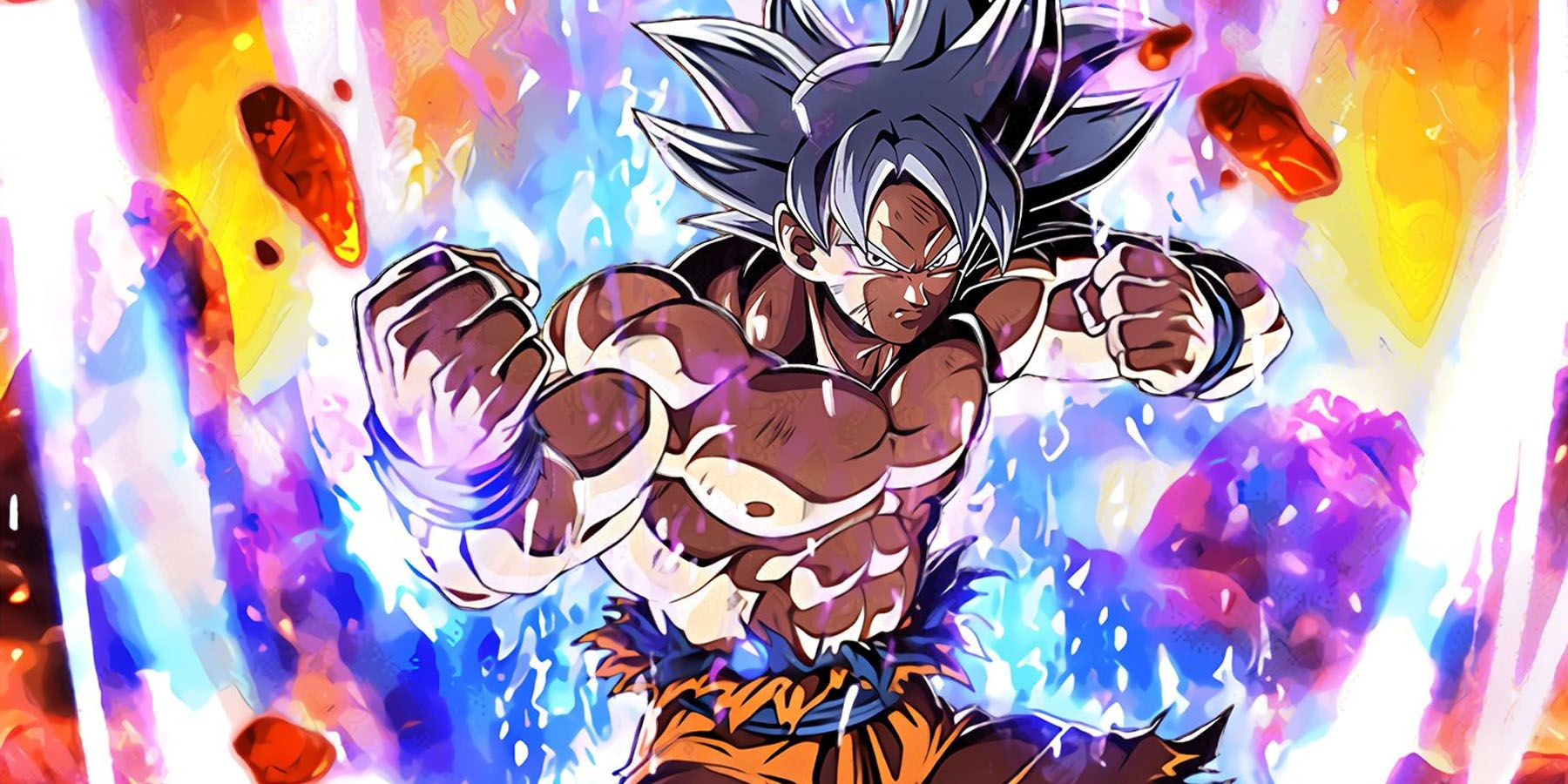
.jpg)
